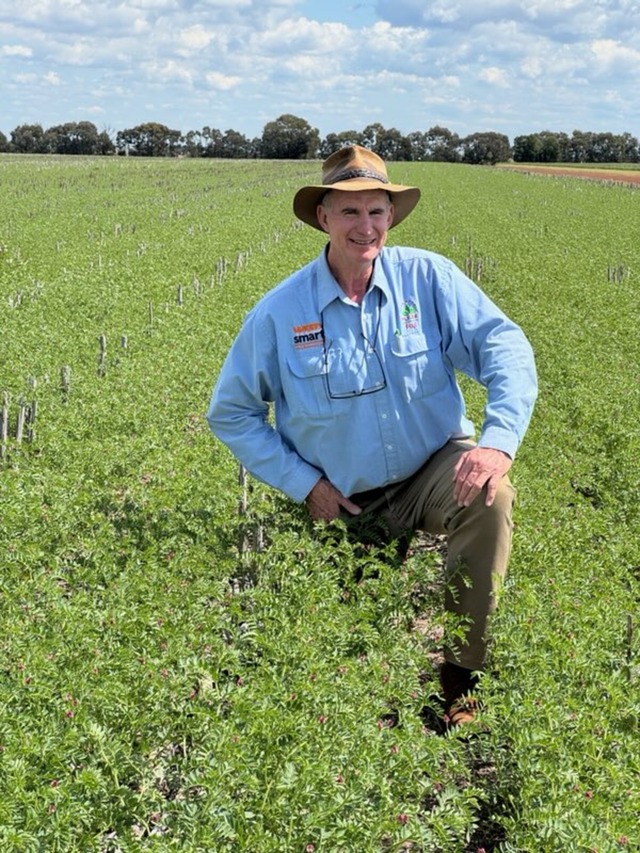
Severe storms over the weekend have ripped through parts of southern Queensland leaving farmland battered, crops destroyed and farmers counting heavy losses.
On the Darling Downs, the hailstorm triggered by a super-cell thunderstorm system hit areas north of Toowoomba – Googa Creek and Yarraman – Manapouri to the north and Southern Downs regions including Pratten, Clifton, Victoria Hill, Talgai, Ascot and Ellinthorp.
Giant hailstones have smashed fields of wheat, barley and chickpeas, infrastructure and even machinery.
“Yes, there have been some pretty horrific hail storms and storms in general,” said Paul McIntosh, Pulse Agronomy Australia and Weedsmart Industry Development Agronomist – Northern Region.
“They’re streaky and they’re patchy. One end of the paddock can get hammered with hail and rain and the other end doesn’t get any of either.
“So, it’s your typical hail pattern in the fact that there is no pattern.
“Incredibly, you could have four paddocks of wheat and four paddocks of fallow or bare country. And, guess what it hits? The four paddocks of wheat! It’s bloody unreal the way it goes but it’s just the way it is with hail.
“Over the many decades I have provided agronomic advice, sometimes I think good crops breed hailstorms.
“I would imagine there will be some 100 per cent losses around and that is very unfortunate and sad.”
Indeed, hail assessors have been busy in southern Queensland, with insurance companies establishing assessment and repair centres to process the surge in claims for both property and vehicles.
To date, more than 2500 insurance claims have been lodged.
“The many experienced hail assessors operating in the northern region are fairly busy,” Mr McIntosh said.
“Assessing hail is not a very pleasant job and only just in front of late frosts as far as terrible inspection roles go.
“Many times there can be some grain left in the head after hail events, unless it gets completely and utterly smashed like it’s been hit with a lawn mower or mulcher.
“Growers should invariably choose to harvest any of that remaining grain, after the assessor has determined how much is on the ground and given the farmer is insured.
“If you don’t harvest these invariably much lower yields, you may end up with volunteer seeds (weeds) emerging for the next two or three months, which you then have to spray.
“So that’s another sad offshoot of a hailstorm.
“It’s not only a loss of production or loss of profit, it’s how you handle all the volunteer plants that may germinate and emerge for the next month or two?
“It’s another operation across your paddock you will need to consider.”
On the bright side, Mr McIntosh said there were many “tremendous” three to four tonne chickpea crops through the Central Highlands and four to five tonne wheat and barley crops in southern Queensland.
“I do suspect that there are paddocks in Queensland averaging much higher than those lofty yield amounts mentioned,” Mr McIntosh said.
“I’d have to say that the earlier the crop was planted for this year, the better the yield was because we haven’t had too many late frost issues.
“Certainly, the earlier planted crops appear to be a lot better in yields and quality.
In regards to prices, Mr McIntosh said cereal and pulse crop farm gate prices had “sagged a bit” for all crops.
“But the yields have been pretty good and everyone’s relatively happy in those non-hailstorm affected areas.”






